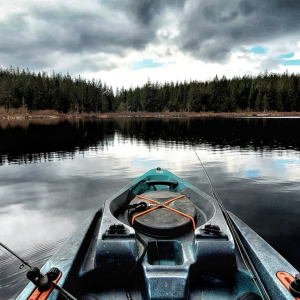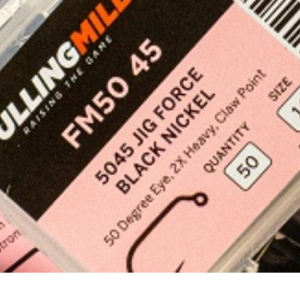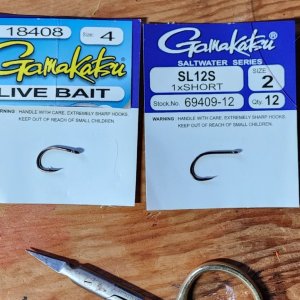Although I have gear fished pretty much all my life, this summer is pretty much the first summer I've given fly fishing some of my effort. I've been mainly messing around with a 7'6" 4wt fishing dries on local Seattle area streams, with some beginners luck.
I just have a few questions about rod positioning as it's taking me a while to adjust to my fly rod.
1) What's the best way to set the hook on a fish? Do you try to lift the rod up as high as you can immediately after the rise?
2) What angle do you hold your rod when drifting your dry fly downstream? I have been experimenting with different ways, (for example like how you hold your rod fishing a bobber and jig).
3) Any other tips for a beginner to maximize their time on the water?
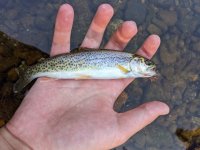
I just have a few questions about rod positioning as it's taking me a while to adjust to my fly rod.
1) What's the best way to set the hook on a fish? Do you try to lift the rod up as high as you can immediately after the rise?
2) What angle do you hold your rod when drifting your dry fly downstream? I have been experimenting with different ways, (for example like how you hold your rod fishing a bobber and jig).
3) Any other tips for a beginner to maximize their time on the water?


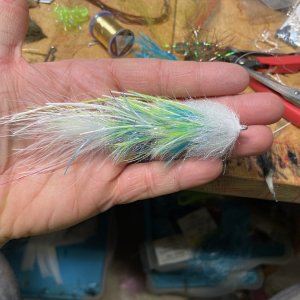
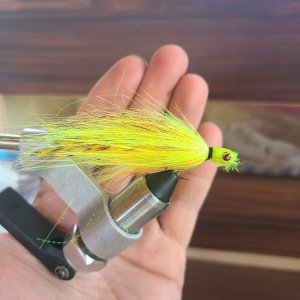
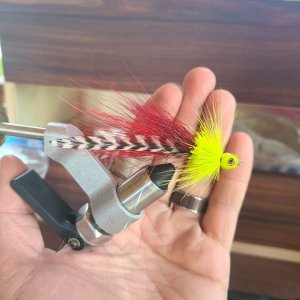
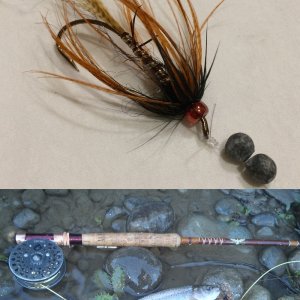
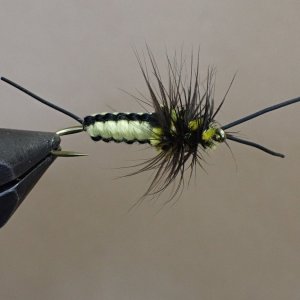
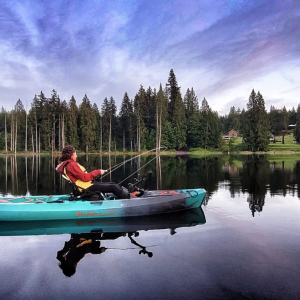
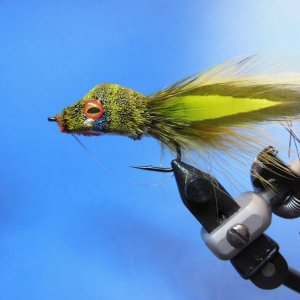

![IMG_E5673[1].JPG](/forum/data/xfmg/thumbnail/17/17591-b0f930c05cc3f887da07a0408ce04e54.jpg?1677193598)
